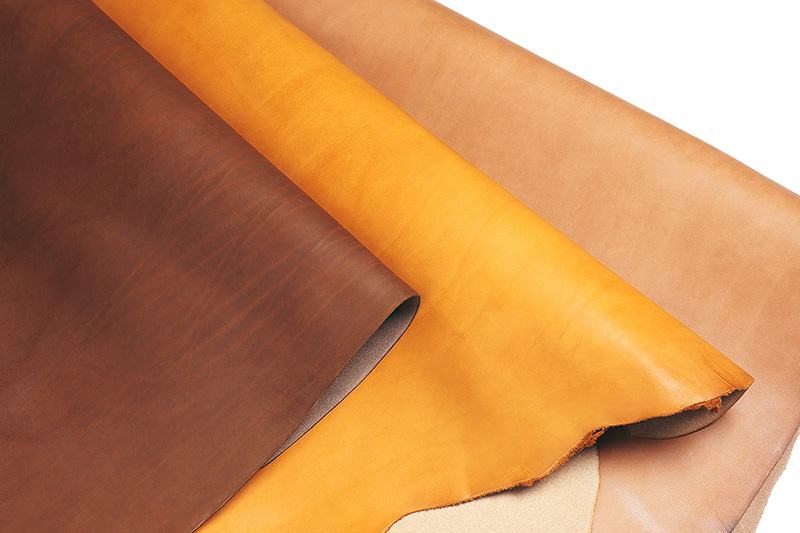- +86 (0) 20-86655668
- info@gionar.com
- gionar-sales0

English

English
April 18 , 2023
As environmental awareness and ethical consumption gain traction, more people are embracing a plant-based lifestyle and seeking cruelty-free alternatives to traditional animal-derived products. Vegan leather has emerged as a popular and stylish option in the world of fashion and accessories, offering a sustainable choice for those who value both style and ethics.
Vegan leather, also known as faux leather, is a synthetic material designed to resemble and replace animal-derived leather. It is typically made from chemical compounds, vegan raw materials, and a unique manufacturing process that avoids the use of any animal products. The most common types of vegan leather include Polyurethane (PU), Polyvinyl Chloride (PVC), and leather made from natural derivatives.

Creating vegan leather involves several steps, which may vary depending on the specific materials used and the manufacturer’s preferences. Below is a general outline of the process:
Common base materials include cotton, polyester, nylon, or rayon, which should be porous and rough to be suitable for vegan leather production. Manufacturers may produce their base material or source it from third-party producers.
The next step involves creating the plastic or natural derivative that will be bonded with the base fabric. In the case of PVC, salt and petroleum are combined to produce chlorine, which is then combined with ethylene to create ethylene dichloride. This substance undergoes further chemical processes to form polyvinyl chloride resin. For PU, additives such as polyols and isocyanates are combined to create polymers, which are then processed to produce PU. Plasticizing additives are added to achieve a flexible final material.
In this crucial step, the base materials and plastic are combined, typically by melting the plastic and overlaying it on the base fabric. The quality of the binding will greatly affect the final product’s quality, so this step must be performed with care and precision.
Once the plastic is fully bound to the base material, the vegan leather fabric can be cut and shaped according to the manufacturer’s preferences using leather cutting tools and machinery. The resulting fabric may be sold by the yard or used directly in the production of vegan leather goods.
Vegan leather is a versatile material that can be used as a direct replacement for genuine leather in various applications, such as:
As the demand for ethical and eco-friendly products continues to grow, vegan leather offers an attractive alternative for consumers seeking style without compromising their values. With its sustainable manufacturing process and diverse applications, vegan leather is helping to shape a more compassionate and environmentally responsible future for the fashion industry.
Contact us at GIONAR to explore our wide range of high-quality vegan leather accessories, all offered at an affordable price.
Recent advancements in materials science have led to the development of innovative vegan leather alternatives that mimic the appearance and texture of traditional leather without the negative environmental and ethical consequences. Some of these cutting-edge materials include:
These innovative materials, along with traditional PU and PVC-based vegan leathers, offer a wide range of options for consumers seeking stylish and sustainable alternatives to animal-derived leather.
Number:OS202308 Material: Custom Logo: Custom
Number: OS202307 Material: Custom Logo: Custom
Number: OS202306 Material: Custom Logo: Custom


Mobile Website

Inquires Whatsapp
